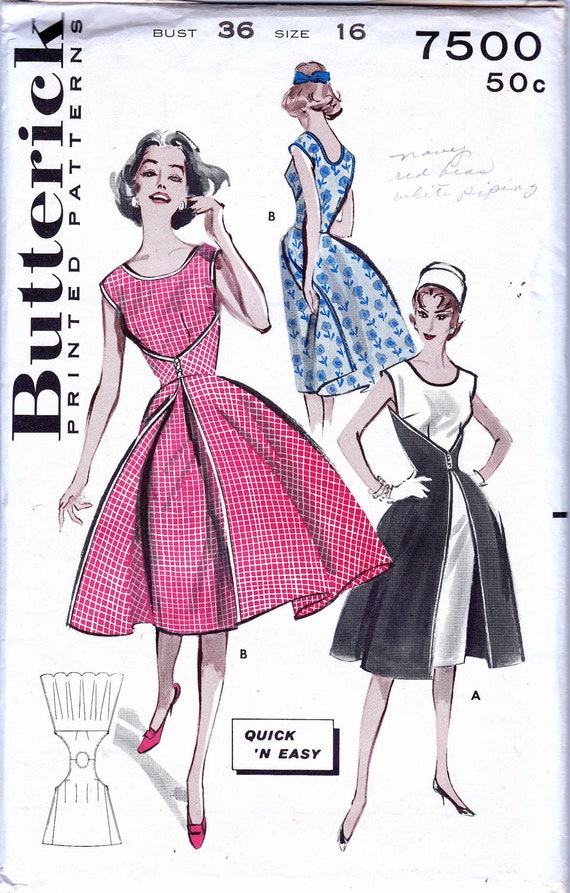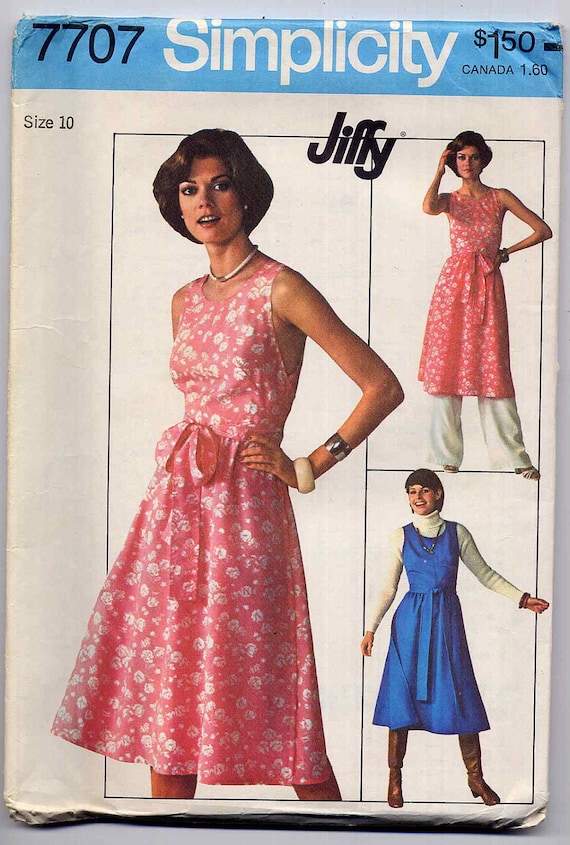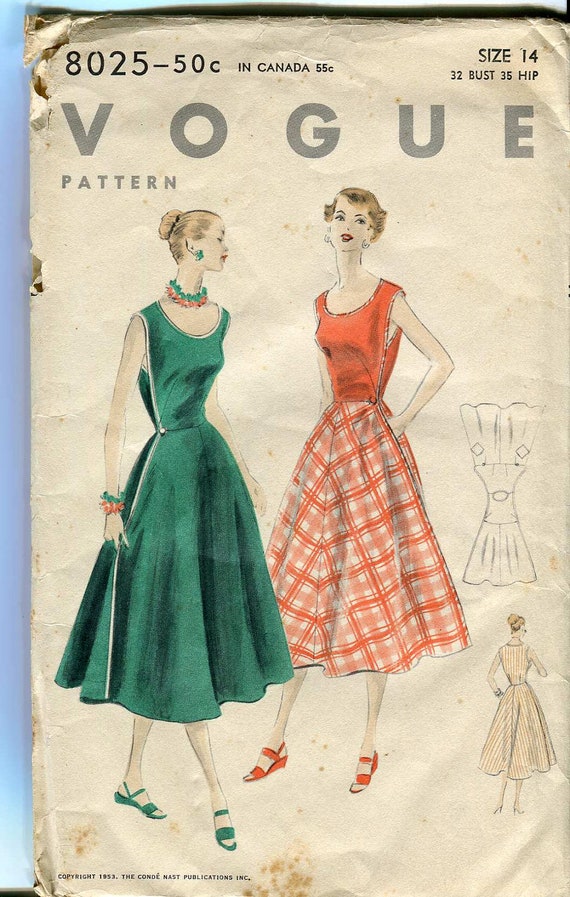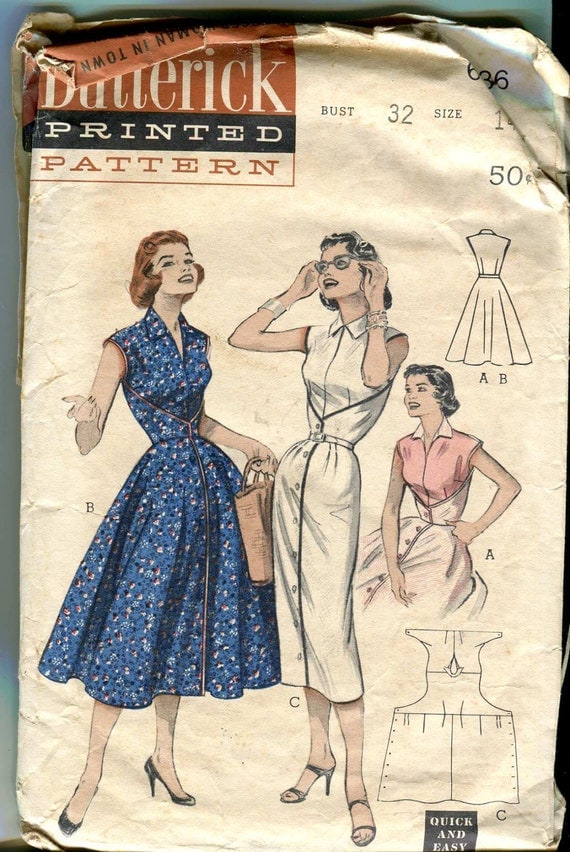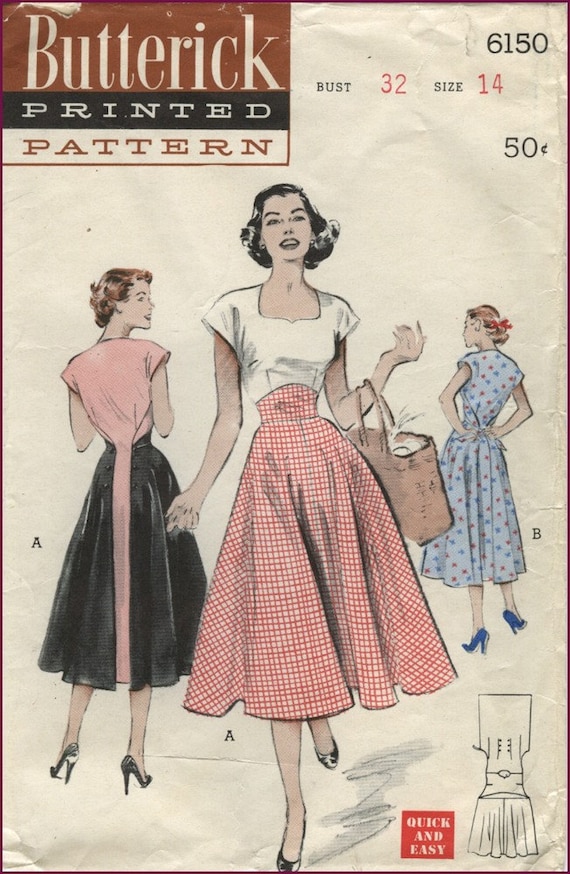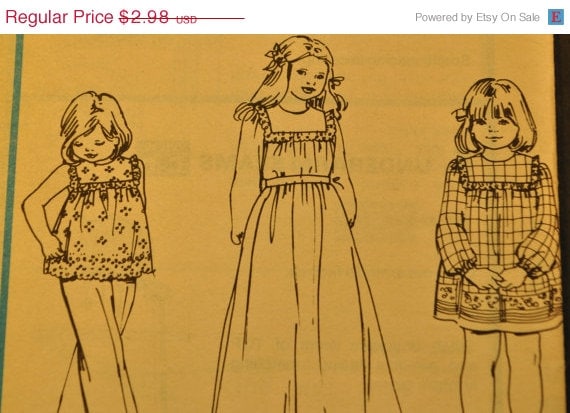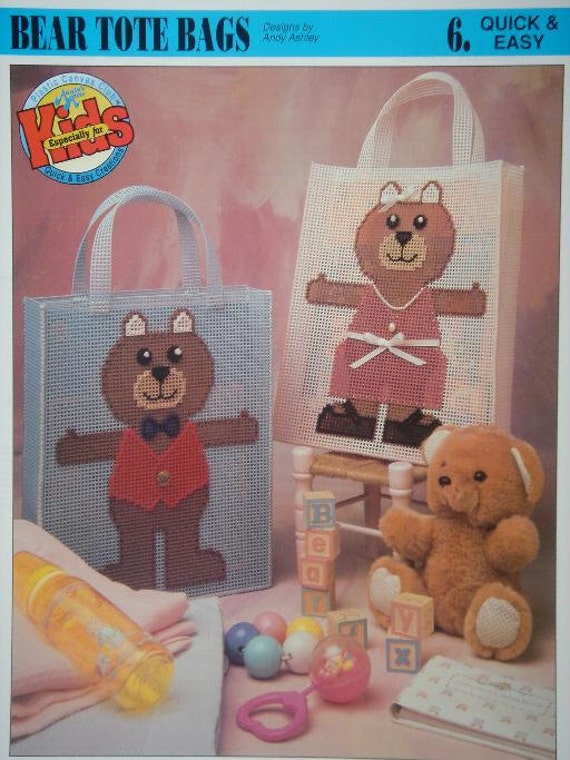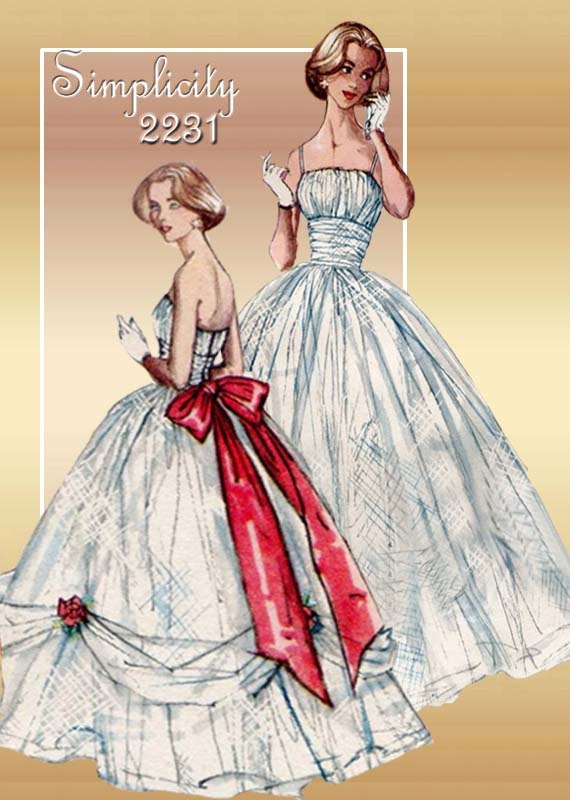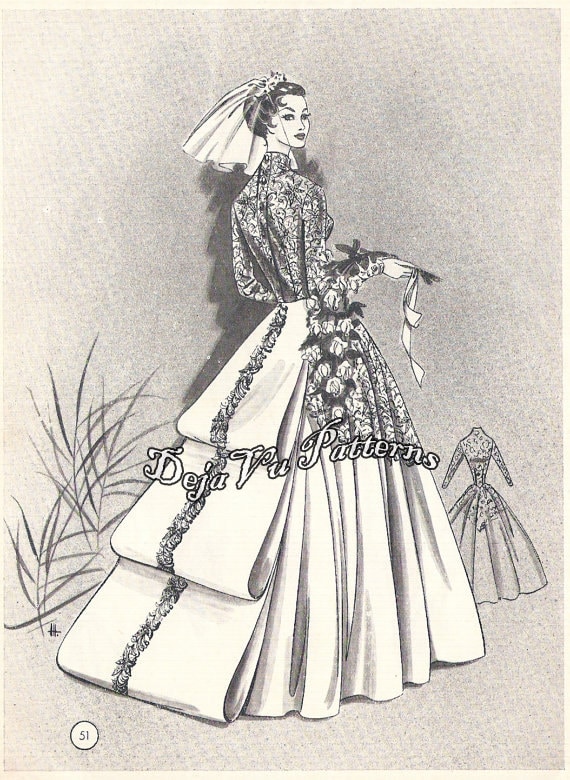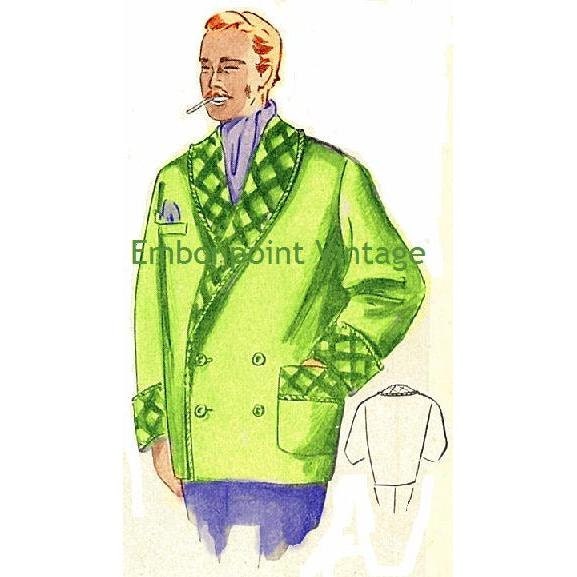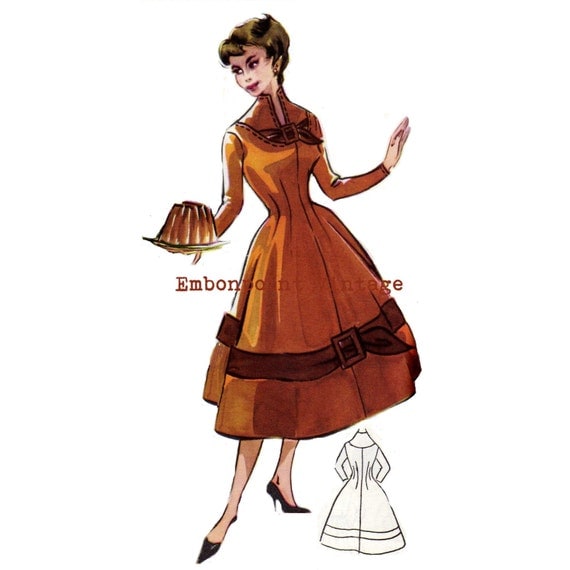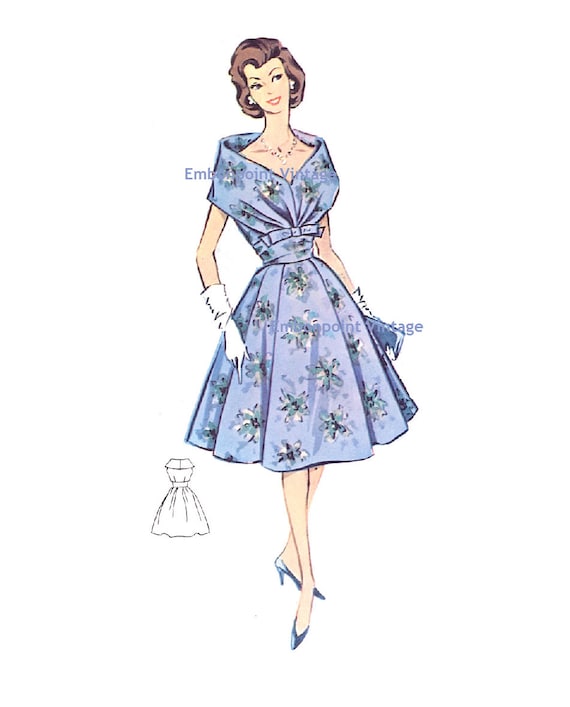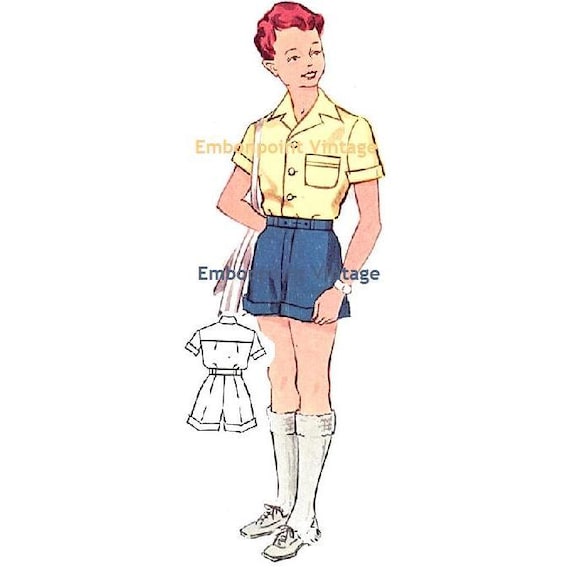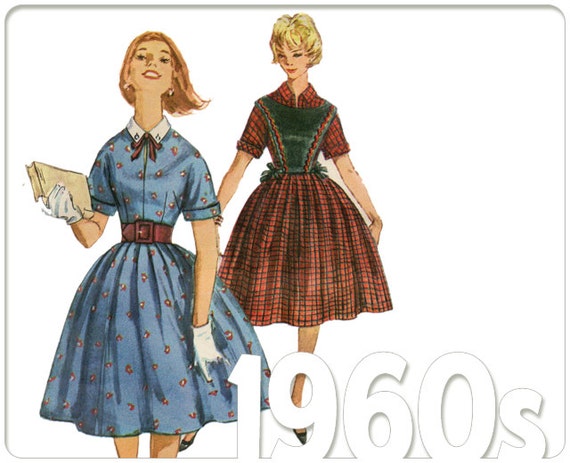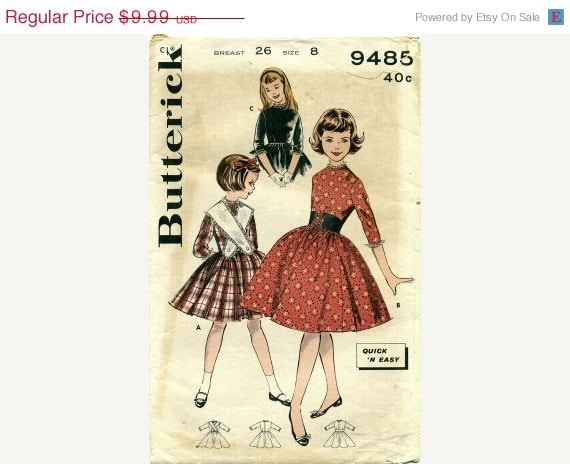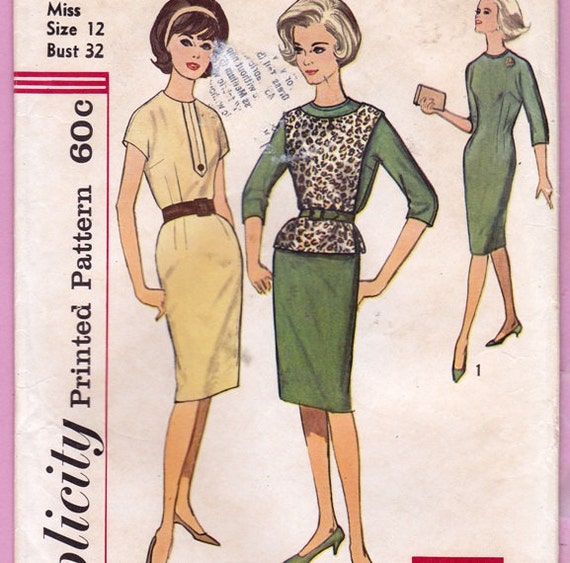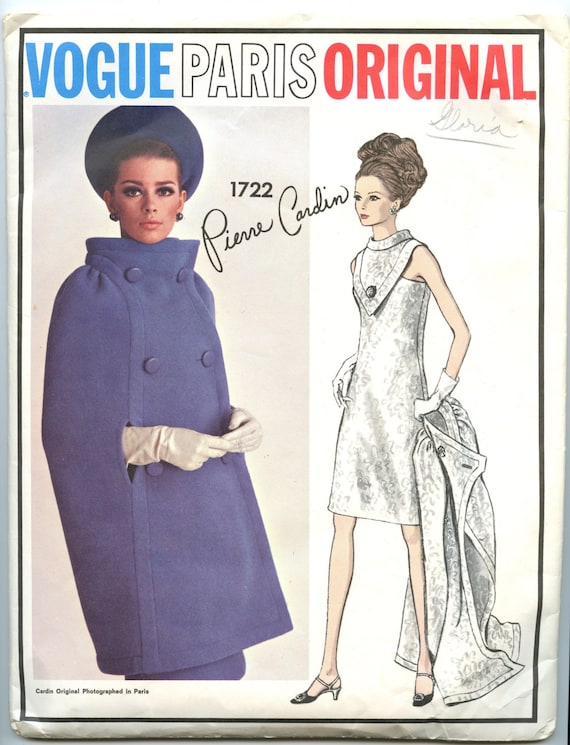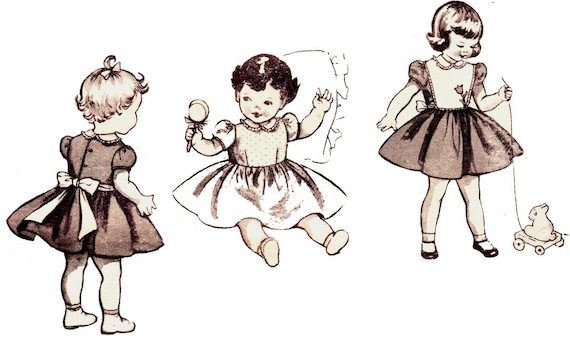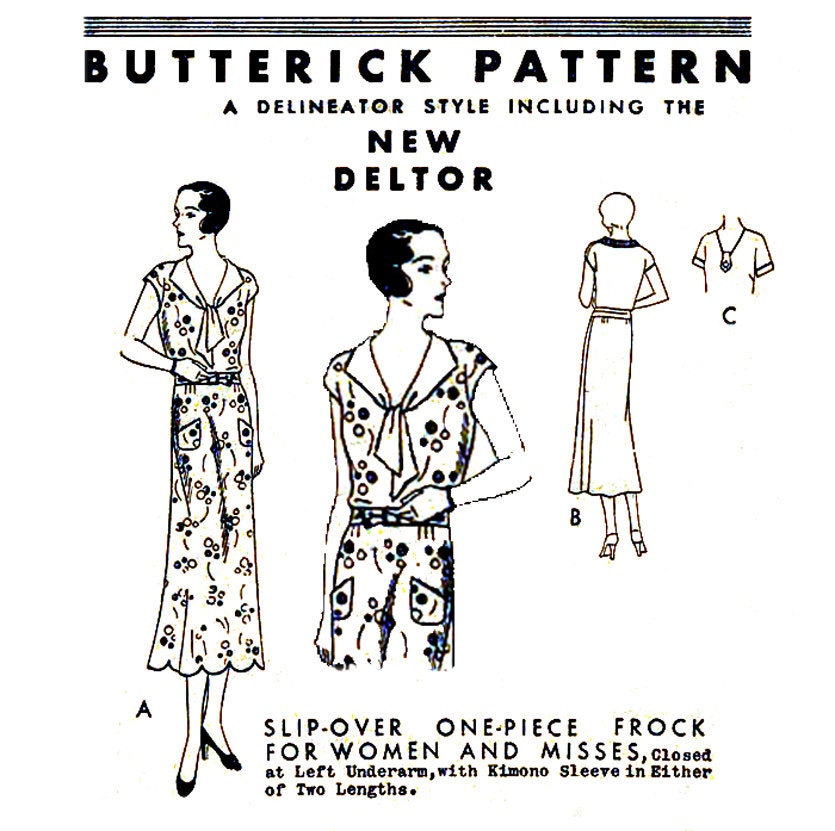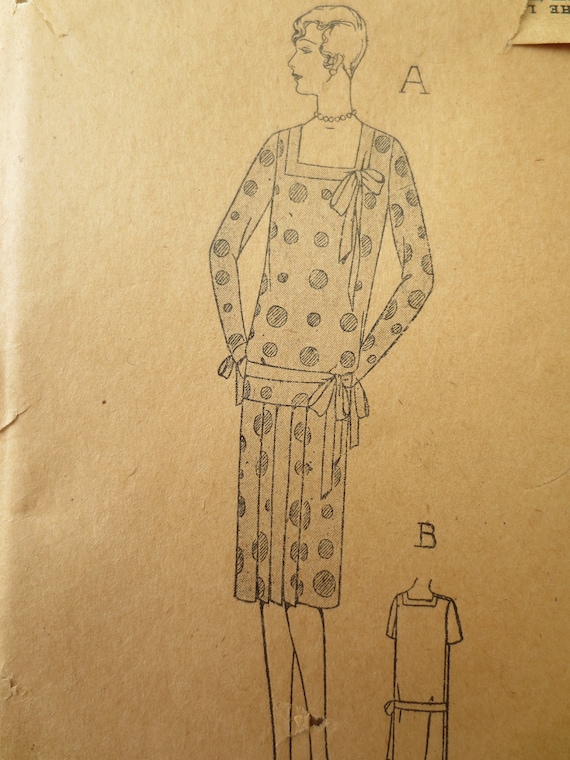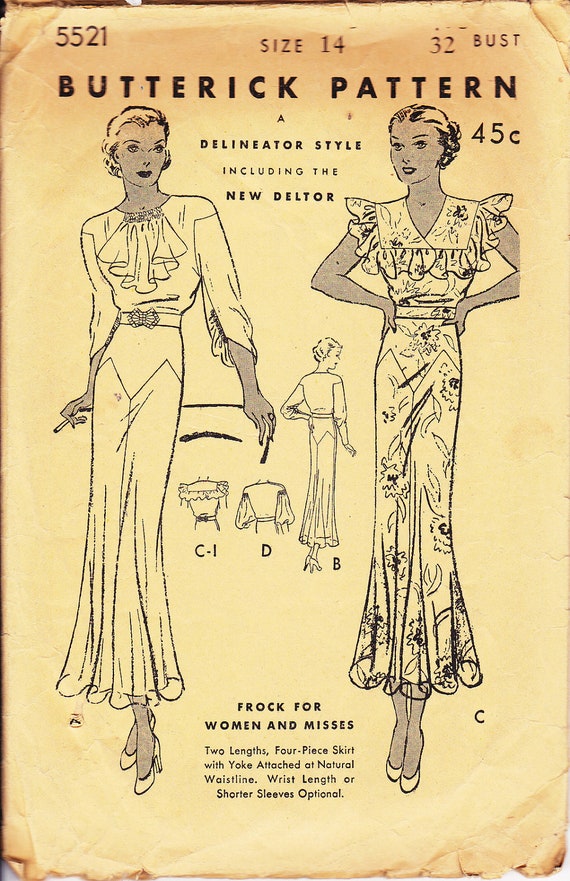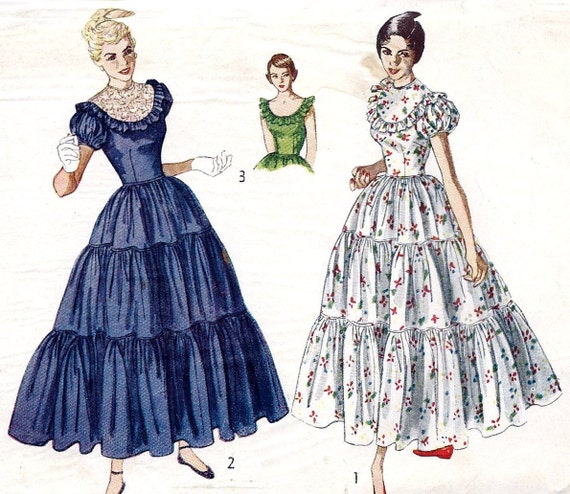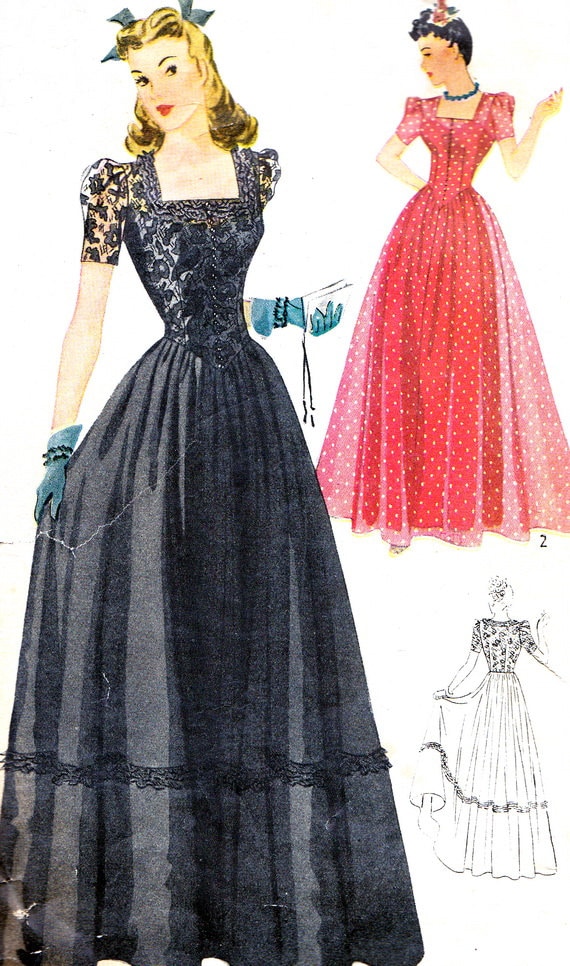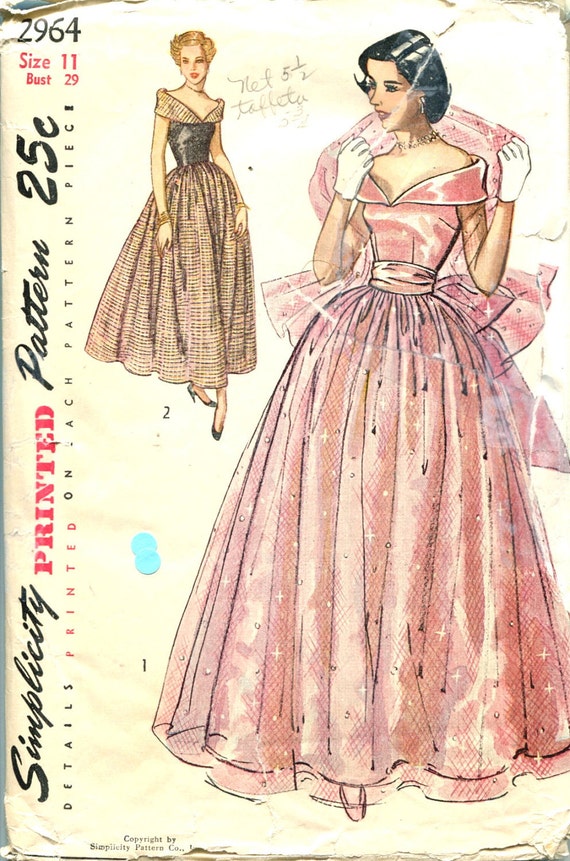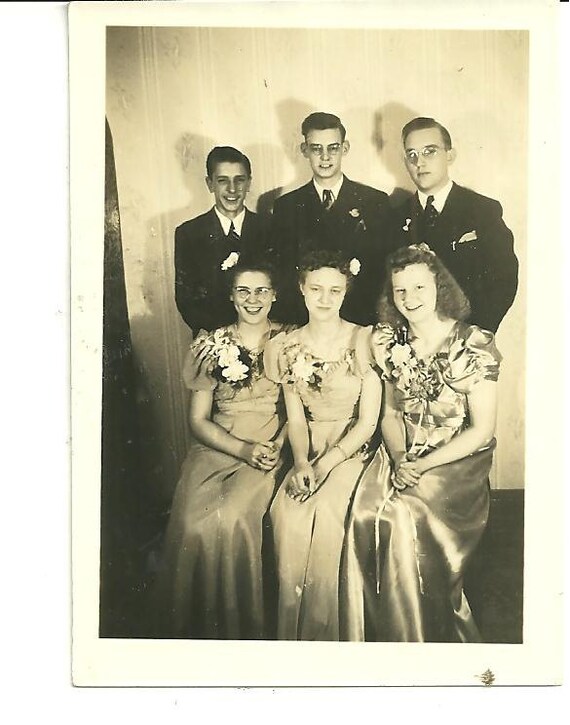Dip your toe into the vintage pattern world and a name that comes up in whispered awe is Lutterloh. (At least that's how it felt to me) Imagine my surprise when I realized I actually had a kit in my possession! In a recent pattern dilemma I decided to break it out and see if this system was all it's cracked up to be. I noticed a few things right off the bat.
1. No directions. You better know how to put a garment together cause all your getting is pictures of the finished piece.
2. No fabric recommendations other than the picture.
3. No yardage suggestions. Since you are drafting to your size and we're all uniquely proportioned people this makes sense but you better have some idea of how much fabric your design is going to take.
4. No seam allowances. If you use Burda you're probably already used to this. If not, remember to add them so you get the correct fit.
5. My Lutterloh is in metric. I'm an American. The rest of the world is good to go but for those of us in the US make sure you can convert your measurements into metric. Don't freak out if you triple in size. :)
So let's take a look. First you pull out a tape measure that looks nothing like any tape measure you've ever seen before.
Then you stick a pin in the tiny hole next to either your Bust/Chest or Hip measurement depending on which article of clothing you are drafting. I think this is especially nice for those of us with differing tops and bottoms. You can draft the bodice section one size and the skirt section another, helping you achieve a better fit.
But wait! I'm getting ahead of myself! First you want to choose your design!! Feast your eyes on these beauties.
The neat thing about this being a drafting system is that any design can be made for any person. Really like those kid's shorts? No problem! Using this magic tape measure everything will come out your size!
So, once you find your design you flip the little paper over and tada! You have your pattern pieces!
 |
Front, shown on left side, shows the design. Back, shown on right,
gives you the pattern pieces to enlarge. |
Here's a shot of the sleeve I drafted. I found it easiest to draw this on my cork board. First trace the tiny pattern piece then, pivot the tape, mark the dots, then play connect the dots and TaDa! You have a pattern piece. I'm warning you it gets a bit addicting!
 |
| Tracing of the tiny drawing in the middle of the actual size sleeve! |
Have I piqued your interest yet? Now as amazing as the Lutterloh system is, it can be pricy to buy into, especially if you're not sure about it, which is why I'd like to introduce you to
Embonpoint Vintage.....
She has carefully cleaned and adjusted vintage patterns she has scavenged from old books that work on a similar drafting system. Better yet she offers them in Plus Size ranges so all of us can join in the fun! Her patterns come as a PDF file so there's no need to trace all those tiny diagrams, you can just reprint them! I'm in love with several items in her shop...
So how did my first garment turn out? Wonderfully! You can read all about it on my
personal blog since there's not much vintage about it except the pattern...
This isn't a cure all though. If you usually have to do pattern alterations to get a good fit you will still have to do that. The nice thing is you are already drafting the pattern so you have plenty of paper to draw you changes on too. I still had to rotate the bust darts to get the correct fit on my top but it was much easier than working with a commercial pattern.
What do you think? Does it sound interesting? Have you ever tried Lutterloh or a similar drafting system?
